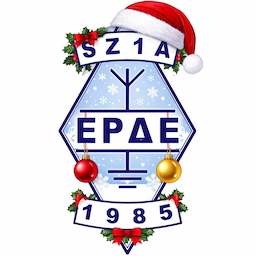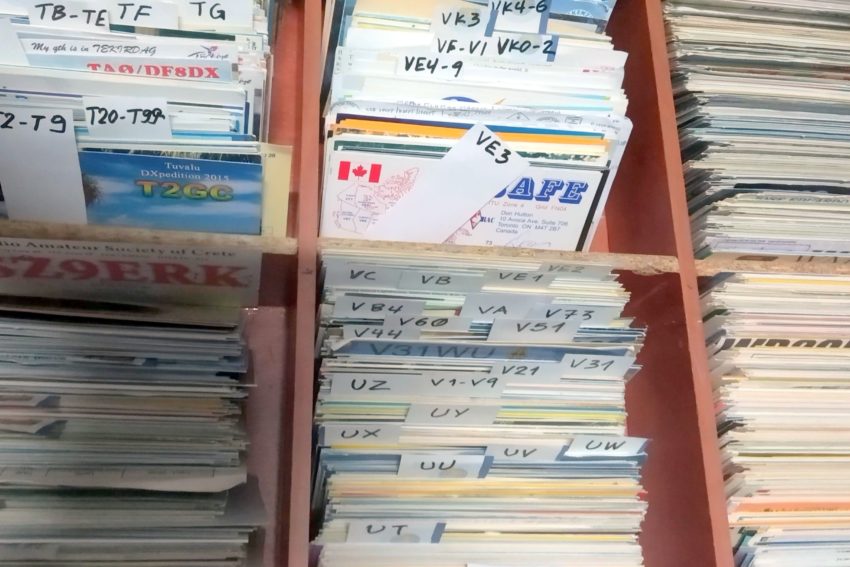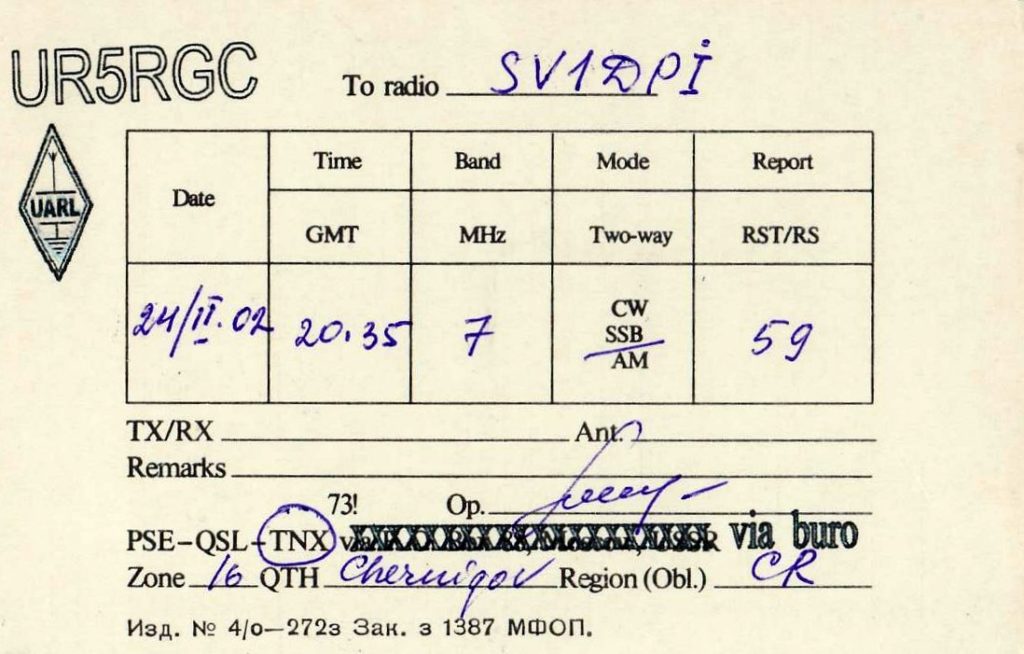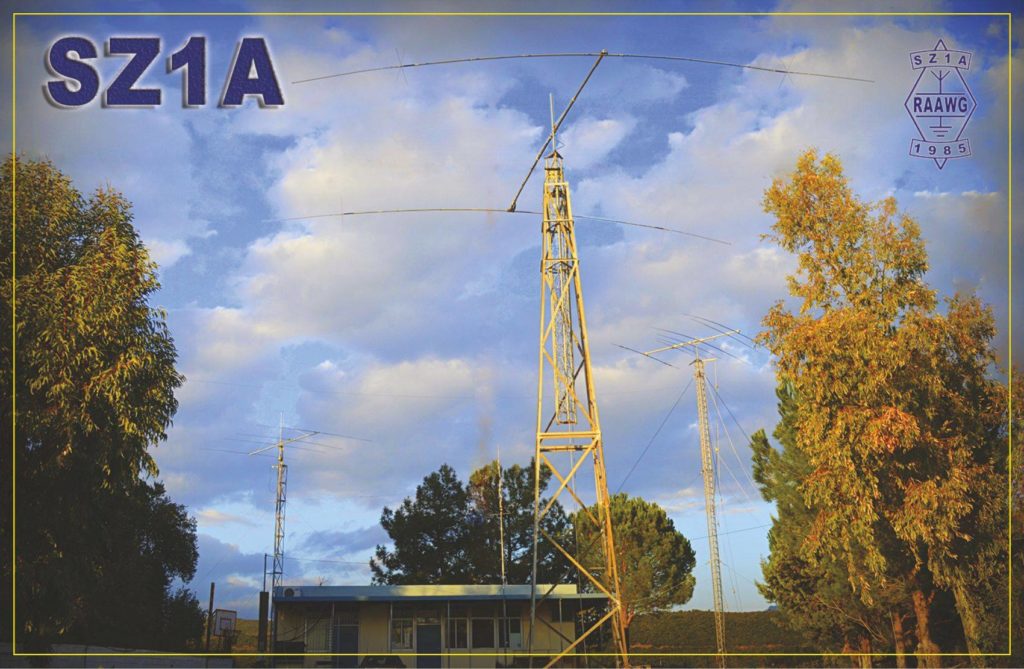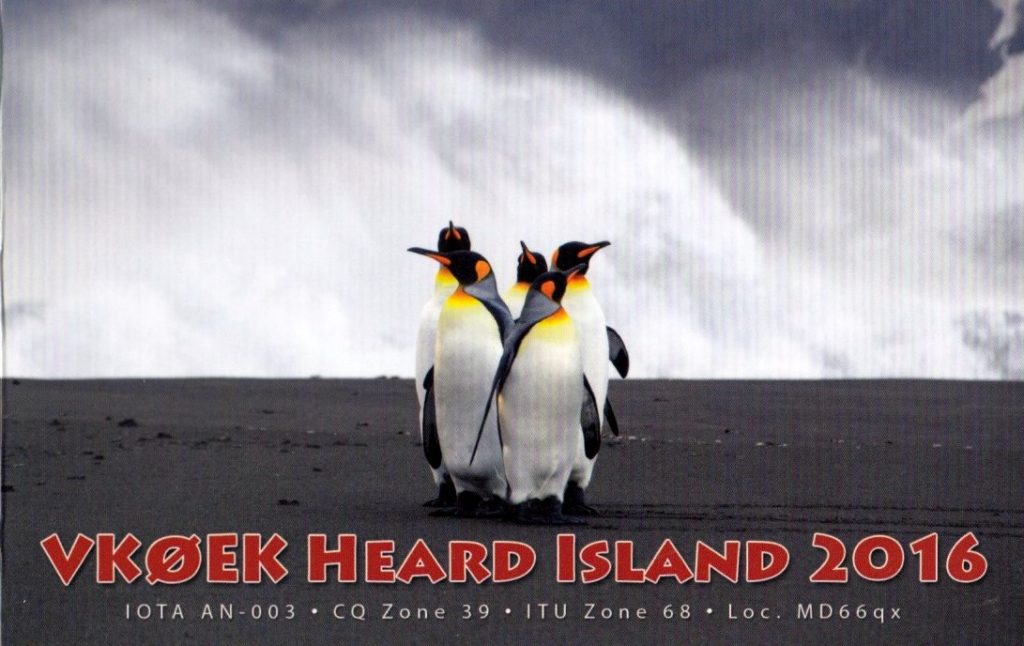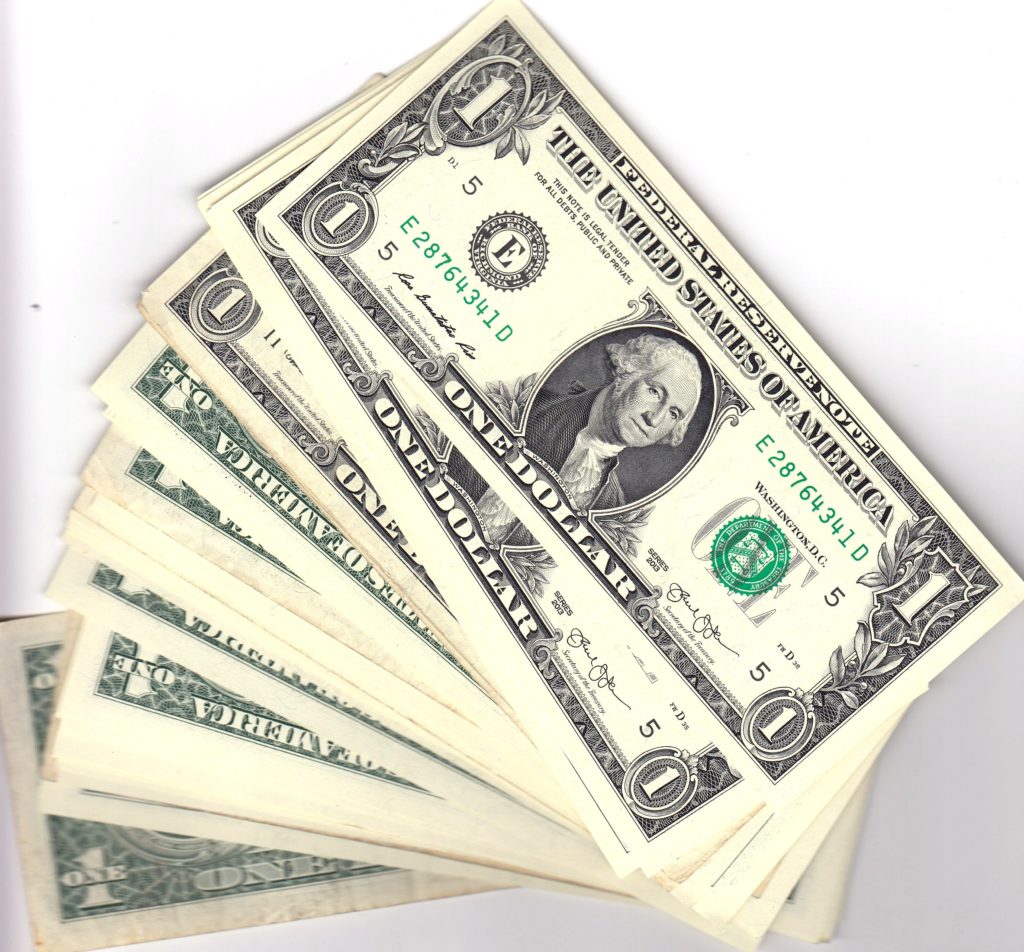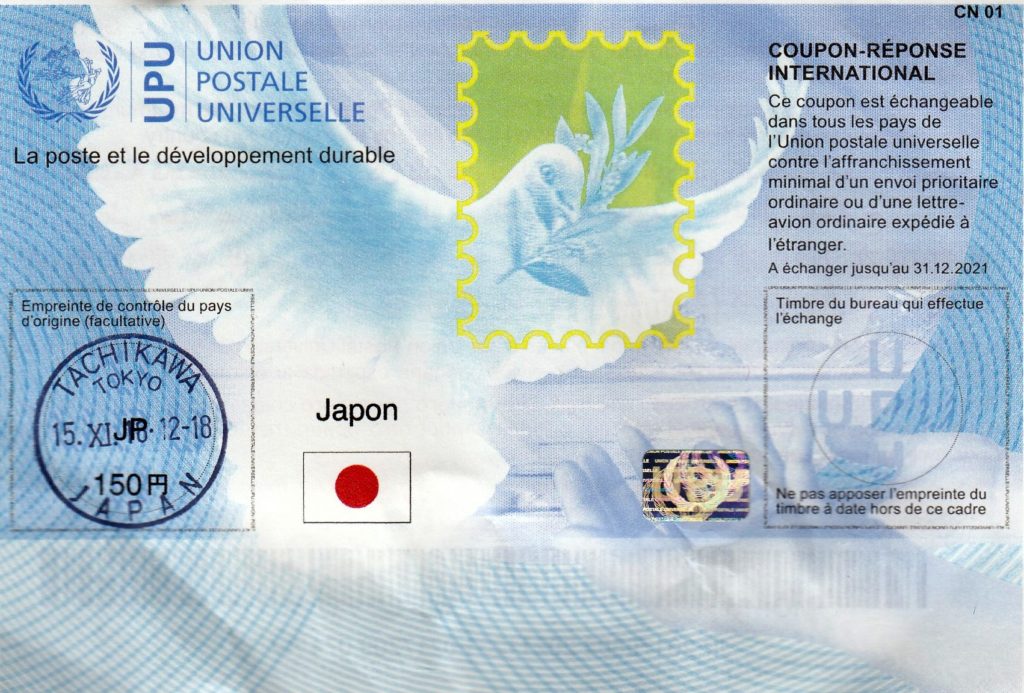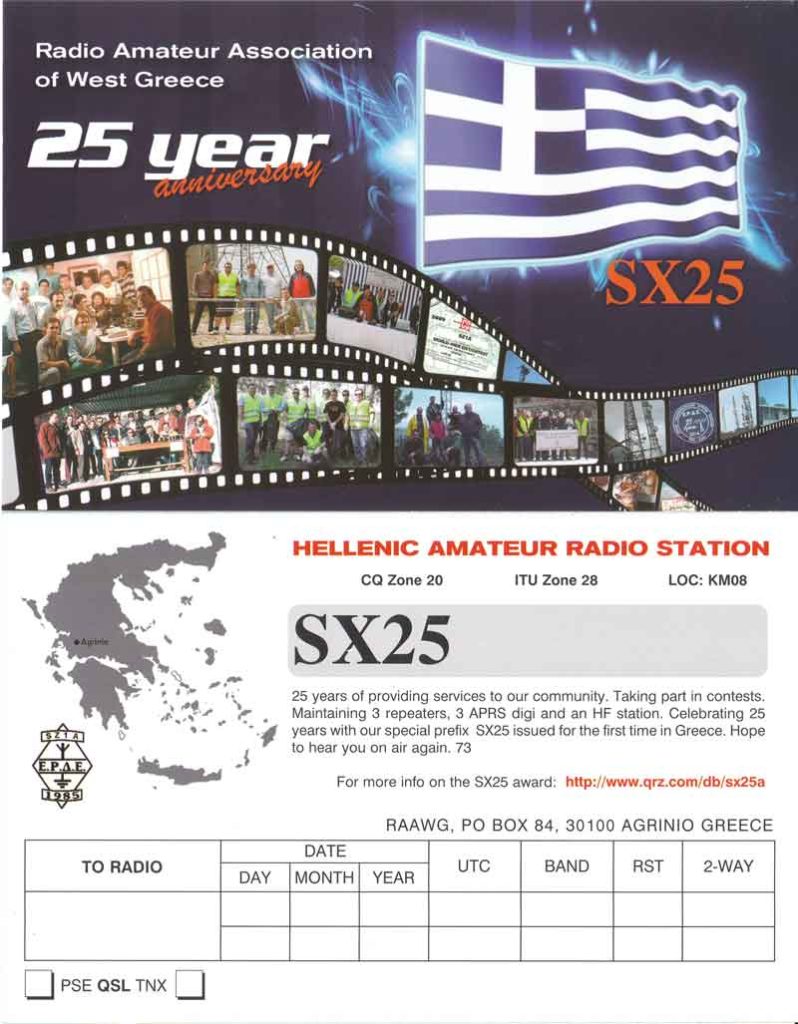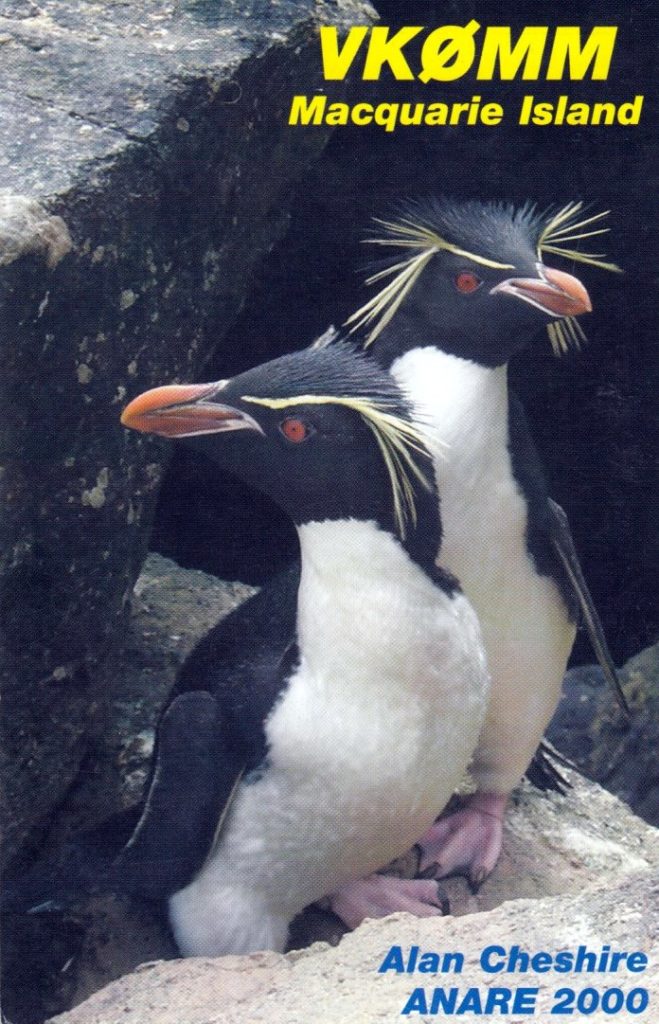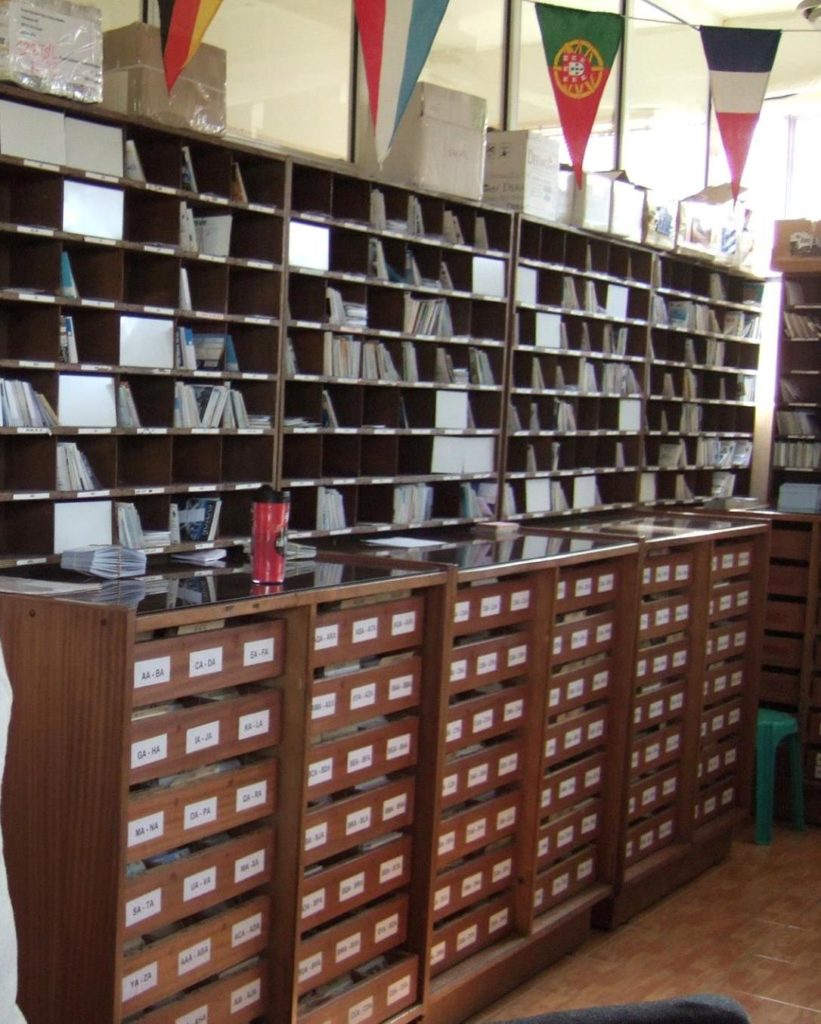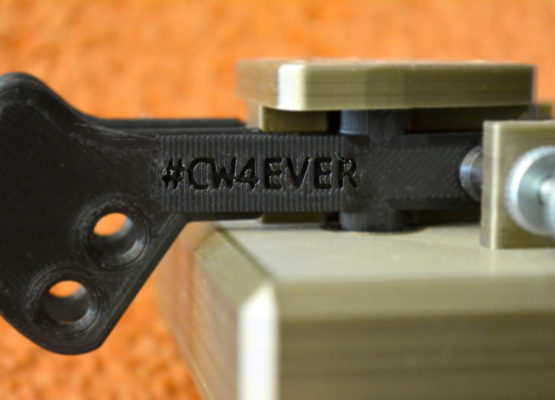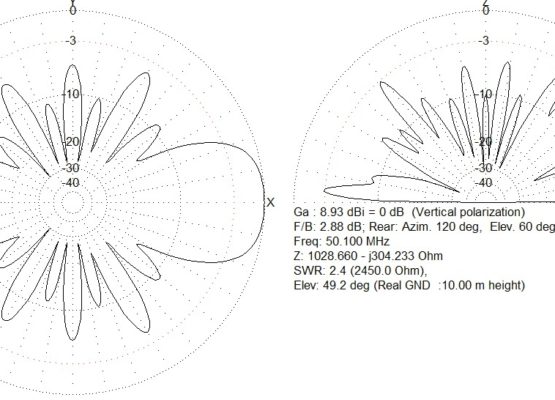There may be many ways to confirm a QSO with another station (LoTW, E-qsl, etc.), but the top way, in my opinion, is the QSL card and especially the one we will receive for free “via bureau”. When we once get our hands on the QSL card of the DX station, in addition to the contact details, we feel we have in our hands the personality of the station operator, with whom we had some time ago (or sometimes years), at least a short QSO.
Nowadays the quality of the QSL card varies. Some times it is a super-luxury two-page card, printed on expensive laminated paper and contains a lot of information. Other times, it is just a black and white photocopy on paper, the back of which has been used for another purpose. (magazine, wrapping paper, etc.).
The themes on the front of the cards vary. Most cards depict a the city, region or typical landscape where the station is located. Many QSL cards have the image of the operator sitting proudly, where else, but in their shack.
Size & Dimensions
One thing to keep in mind when ordering your QSL cards, especially from a printing press, is size. The correct size is 9×14 cm. The paper should not weigh more than 300 grams / m2. If we turn to specific companies that specialise in printing QSL cards they will produce for us the correct product (in dimensions, weight of paper, necessary information) and, usually, at a very good price.
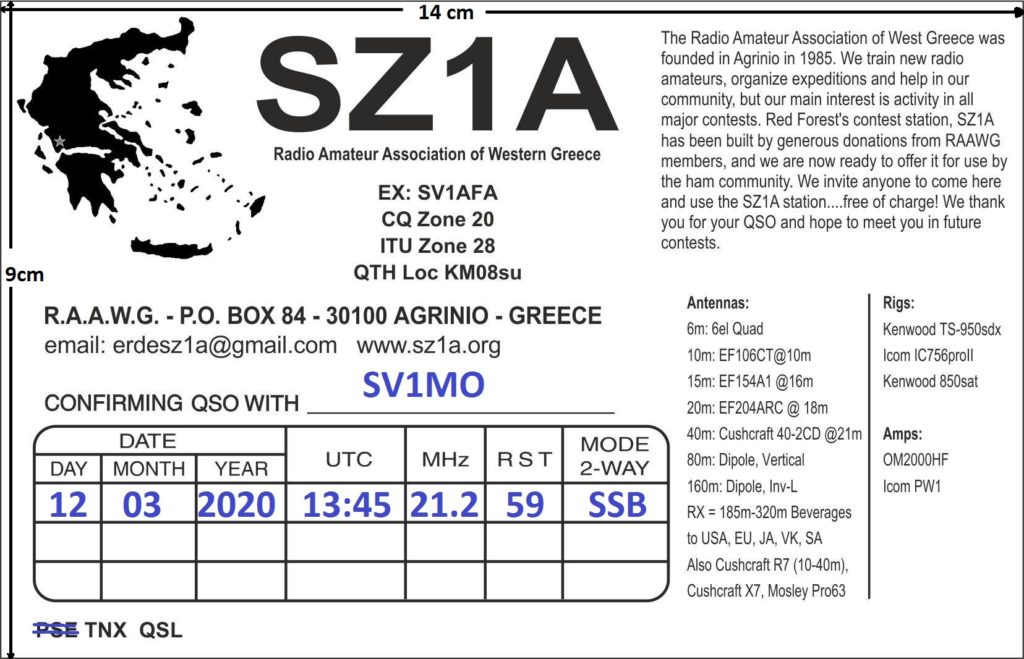
Sorting for delivery via Bureau
When we send our cards by mail or deliver them to the QSL BUREAU, it is good to group them by country. The recipient will have to sort them by country to send them. So if they are not classified by radio-country one should do so. Let’s not forget that the management and classification of incoming and outgoing cards in each bureau is carried out, by our colleagues, voluntarily.
There may be many ways to confirm a QSO with another station (LoTW, E-qsl, etc.), but the top way, in my opinion, is the QSL card and especially the one we will receive for free “via bureau”.
That is why we must all help to speed up the process. For example, when a 10 kg box with QSL cards comes from Japan, for example, a colleague at the bureau will have to spend 8-10 hours to sort them and place them in the respective members’ drawers. And of course voluntarily! One should know that the cards that go to the QSL bureau which have a final destination abroad and that are not initially sorted by the sender, are gathered in boxes and are sorted when there is free time by QSL bureau volunteers. So, in this case, they are significantly delayed and nobody wants that.
But how should we sort them?
A simple rubber band to hold and separate the cards destined for the same country is enough. For example, your cards with prefix EA-EA6-EA8-EA9-EG-EH-AM etc. will be sent to the same QSL bureau, in Spain.
They may be different radio countries (Spain, Balearic Islands, Canary Islands, etc.) but all these radio countries belong to Spain and are served by the Spanish QSL Bureau.
There is an exception for the US, where there are 11 Bureaus, W1, W2, W3, W4, and WA4, W5, W6, W7, W8, W9, W0 (and of course the other prefixes starting with A-K-N). So we have to separate our cards accordingly.
QSL Manager
Some stations have a QSL Manager: someone who manages their cards. When we send our card to the QSL manager of the DX station, it is understandable that we will place this card in the package of the country of the QSL manager and not in the country of the DX station. Usually, DX stations belonging to countries with a small radio amateur population have a QSL manager in Europe or America.
What else should we look out for?
Before completing our card with the DX station, it is advisable to investigate whether the specific radio-country (or entity) [1] has a QSL bureau. You will find this information on the IARU website
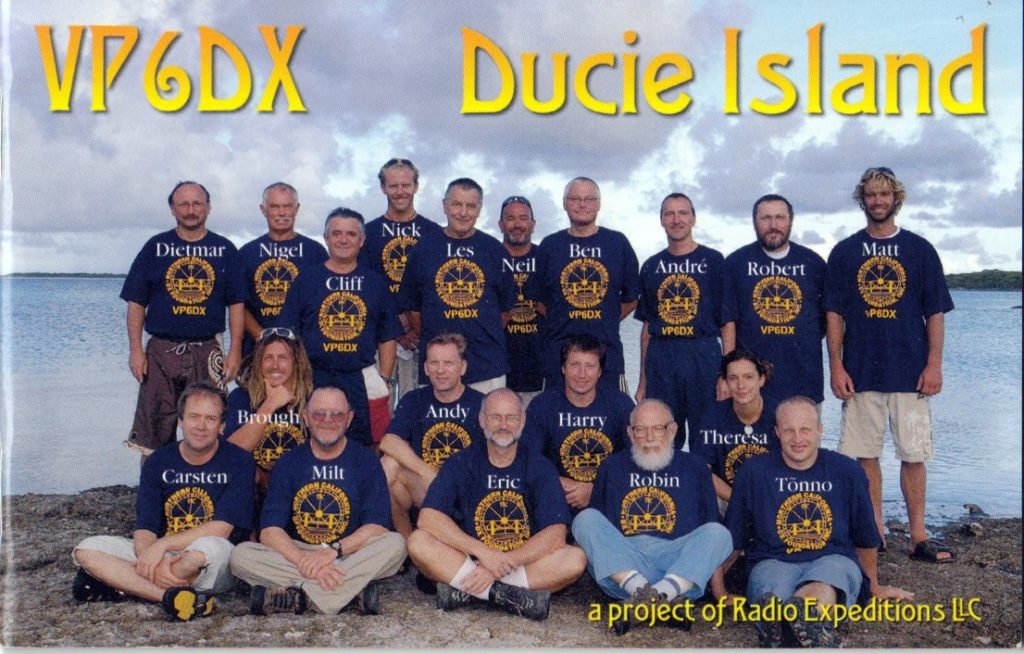
In order not to waste our cards unnecessarily, let’s first check if the station to which we are addressing, sends a card without receiving ours. Most stations refer to this on their page on qrz.com or other similar sites. If we see the “QSL via OQRS” (Online Qsl Request Service) suggestion, we can request our card for that particular QSO electronically. To do this we usually have to either go to the DX-pedition site or the station’s log (usually to clublog.org or the station’s QRZ page and other sites). This makes it easier for the sending qsl bureau but most importantly we will have the card from the station that interests us much sooner (at least a year earlier).
There are also some excellent QSL managers [2] who have their own flawless OQRS system and are not “dollar hunters”. It’s a good idea to find out if the DX station whose card we want is working with one of them.
Also before we send our card via QSL bureau to DX station, we should check if they accept cards via bureau, or only direct, or if they “upload” their QSOs to LoTW or send confirmation via e-QSL .cc or qrz.com or qrzcq .com etc. It is a pity to fill out a card, send it via the bureau, get it to the recipient’s country and there it will either be thrown away (some countries throw it away) or returned (some few countries return it). So after several months or years, it ends up back in our drawer again. Of course, the much-wanted DX station card will never come, and we can’t use it for an award.
Direct cards
Unfortunately, nowadays, those who do not send cards through the bureau have increased. How do we get their card? Most of those who answer only direct will not send us their card, unless there are $2 or $3 USD in the envelope (called green stamps, in amateur slang, for obvious reasons) that we sent them. You see the dollar is the international currency that has a paper note of such low value ($1). If there was only one Euro on paper, the situation would be better for all of us because we would not be looking for one dollar notes [3]. I have found that a specific “professional” DX-peditioner asks for $3 to send a card, or $1 to upload the contact to LoTW. Sometimes the price varies depending on the number of QSOs that will be confirmed.
I recently discovered a new trick that many of them use: they use another call sign for QSOs on FT8 and another for QSOs on SSB and CW. (The QSL card is still only one with two callsigns printed on it, but you pay double, pure madness).
Usually, in the instructions published by the operator or the QSL manager of the dx station, we will see some acronyms such as: S.A.S.E. or S.A.E.
The first is one of the acronyms above is for the Self Addressed Stamped Envelope and is addressed mainly to compatriots where, with their card, a return envelope that will have their postal address and will be already stamped, is included so that the return card can be mailed to them. We will see this happen mainly among American colleagues. For the rest of us, the second acronym is mostly used, which is the the Self Addressed Envelope.
In this case, the dx station requests, in addition to our card and the “green stamps”, to include an additional envelope with our mailing address printed, so that with the dollars we’ve included they can buy the appropriate stamps and use the additional envelope to mail us their card.
Once upon a time, when there was currency control and “green stamps” were hard to find, there was the use of the IRC (International Reply Coupon), a coupon that the dx station would use to exchange with a stamp at their post office, but nowadays it is not accepted most of the time.
Special Callsigns
There are colleagues who, wanting to celebrate a special event, undertake the process to be legally issued and use a special callsign that does not have the usual structure of, for example, Greek callsigns of the type SV + number + three letters. For example, the colleague SV9XXX goes on the air with the special call J49ABC. Announces to qrz.com and other similar sites that for J49ABC qsl via SV9XXX. So far so good. However, the bureau administrator must also be informed that the manager for J49ABC is SV9XXX! In other words, in Greece for example, R.A.A.G must be informed by the Special Event Station, in writing and the corresponding fees paid for the opening of a QSL drawer box and the management of the special callsign. So, the body that grants the special permit for the special call callsign (Ministry) and the body in charge of the bureau that distributes cards for that callsign (RAAG in this case) are two entirely sperate and independent organizations.
Another unfortunate example is that from, time to time, the Greek QSL bureau may receive cards from abroad that concern special callsigns that “went on the air” years ago and cannot be delivered because the date for which they received the permission to use the QSL bureau has passed and so it is now an unknown callsign. So it is best practice that any colleagues who want to receive cards from QSOs with special callsigns, to make sure that the relevant information is valid, ie., by calling the Secretariat of the R.A.A.G in this example. When I was managing the bureau of RAAG I had recorded more than 600 such cases while only about 40 callsigns were current!
A station that is not a member, with a Manager who is a member of the QSL bureau.
There is another case where someone may not receive their cards. Let’s look at an example to better understand this. The colleague SV1YYY is a member of the bureau, so his cards are placed in his drawer box. He has an acquaintance (let’s say SV1ZZZ), who is NOT a member of the bureau. However, he has posted on his qrz.com page the usual: SV1ZZZ via SV1YYY (non-member via member). In this case, the Greek bureau does not distribute cards to non-members (article C.16.4.1 of the RAAG’s Constitution), even if the QSL manager IS a member. However, there is a provision for a colleague that does not want to be a member of R.A.A.G, but wants to move their cards through the Greek QSL bureau, to enter a special class of non-members that allows them to send and receive an unlimited number of QSL cards per year. With a phone call to the Secretariat of RAAG, the interested party will find out the procedures and the corresponding costs.
I believe that it’s only normal and is true universally that anyone who receives services from an organization must also pay for them. RAAG also pays for the postal services, the cost of which burden it’s members, distributing them equally so that the costs are covered without expecting financial benefits from the circulation of the cards.
I hope this article has helped you to reduce your expenses on cards that are wasted, but most importantly to increase the number of cards you receive over time. On the other hand, by following the above suggestions, our colleagues in the bureaus will generally find it easier to move your cards, and this helps to increase the reliability of card movement via bureau at large.
If you’d like more information or further clarification on any of the above please feel free to contact me.
73 de Michael SV1MO
[1] e.g. SV1XX, or SV2ZZ is the country of Greece while SV9XZX or SV5ZXZ are radio amateur “entities” that belong to Greece but are separate radio-countries, the first is CRETE and the second is DODECANESE (according to IARU). Why this happens is beyond the scope of this article.
[2] I have personally met M0OXO and M0URX at the German hamfest, both have great sites from which we can request the QSL card we are interested in from the list of stations that they serve. They are punctual and respond immediately to either via bureau or direct shipments.
[3] One-dollar bills are hard to find in our banks. Almost all QSL managers in Europe announce on qrz.com or on their own sites that they sell dollars, after they have been paid the agreed amount via PayPal. Then they send you the banknotes by mail. If the envelope is lost on the way, the expenses are considered your liability. The hobby can become as expensive as you want.
(Any redistribution or reproduction of part or all of the contents of this article hosted on this website, in any form, is prohibited without prior written permission of the author)
